Swiss jazz it up worldwide

Switzerland’s diverse cultural mix has long preserved a special place for jazz music. Young artists are breaking through and building solid reputations as some of the most innovative musicians on the international jazz scene.
Just a few years ago Colin Vallon used to play piano in tiny jazz clubs in the Swiss provinces where they used to pass a hat round after the show. Today the 33-year-old gives concerts in the most prestigious halls in Paris and Berlin.
For years the young pianist from Lausanne, who trained at the Swiss Jazz School in Bern, accompanied other artists. Then in 2011 he got his breakthrough when the Colin Vallon Trio made their debut on the legendary jazz label ECM with the album Rruga.
Vallon is not the only Swiss artist who has managed to make an international name for himself on the competitive contemporary jazz scene.
Trumpeter Erik Truffaz was probably the first among the current generation of jazz players to break through. Born in Chêne-Bougeries, near Geneva in 1960, Truffaz has managed to construct his own unique musical universe, combining jazz with electronic beats and world music.
Although much of his career has been spent in France, Truffaz maintains strong ties to his homeland and is a regular performer at the Montreux Jazz Festival and regional festivals like FestiNeuch in Neuchâtel. His latest álbum, El Tiempo de la Revolución, was recorded with upcoming Basel vocalist Ana Aaron.
The history of jazz music in Switzerland dates back to the 1920s when the first recordings were made and dance orchestras formed. At the time jazz was seen as form of rebellion and escape for young people from rigid bourgeois life.
After the Second World War and the opening of big concert halls, Switzerland joined the international jazz concert circuit.
In 1966, Claude Nobs founded the Montreux Jazz Festival. The Geneva-based European Broadcasting Union (EBU) also organised a European competition for jazz bands.
In 1973 a small revolution took place with the creation in Geneva of the state-supported Association pour l’Encouragement de la Musique Improvisée (AMR) [Association for Encouragement of Improvised Music].
Another important jazz festival was launched in Willisau, near Lucerne in 1975, although concerts had been held there since 1966. Some 2,000 artists have given over 800 concerts at the Jazz Festival Willisau, which is broadcast on national radio. Pianist Keith Jarrett described it as “one of the best places in the world to make music”.
In 1976 the Swiss Jazz School in Bern began awarding diplomas to jazz musicians, the equivalent of classical music conservatory diplomas.
Truffaz’s popularity stems from his eclecticism and talent for following musical trends without being too much of a jazz purist. The trumpeter collaborates with everyone – from DJs to rappers to musicians from India or North Africa; he pays homage to American jazz or searches for unique sounds with his digitalised horn.
Sound of the samurai
It’s Monday evening and we are in Züri West, the trendy Zurich district that pulls in curious young music fans. Tonight pianist Nik Bärtsch, sporting an unusual kimono-style outfit, is playing at the Exil club accompanied by his group Ronin. His choice of clothing is deliberate. Ronins were the masterless Japanese samurais from mediaeval times.
Born in Zurich in 1971, Bärtsch is a huge fan of Japanese culture and has spent time there perfecting his own musical style known as zen-funk – hypnotic, repetitive rhythms and wild improvisation – which seems to appeal to young audiences, especially in Scandinavia, South Africa and the US.
Bärtsch’s minimalist style is based on principles of “repetition and reduction”. But his improvised passages allow him to keep his ‘jazz musician’ label. The pianist rejects any Swiss roots to his music, which he describes as “based on the tradition of urban space and sound”.
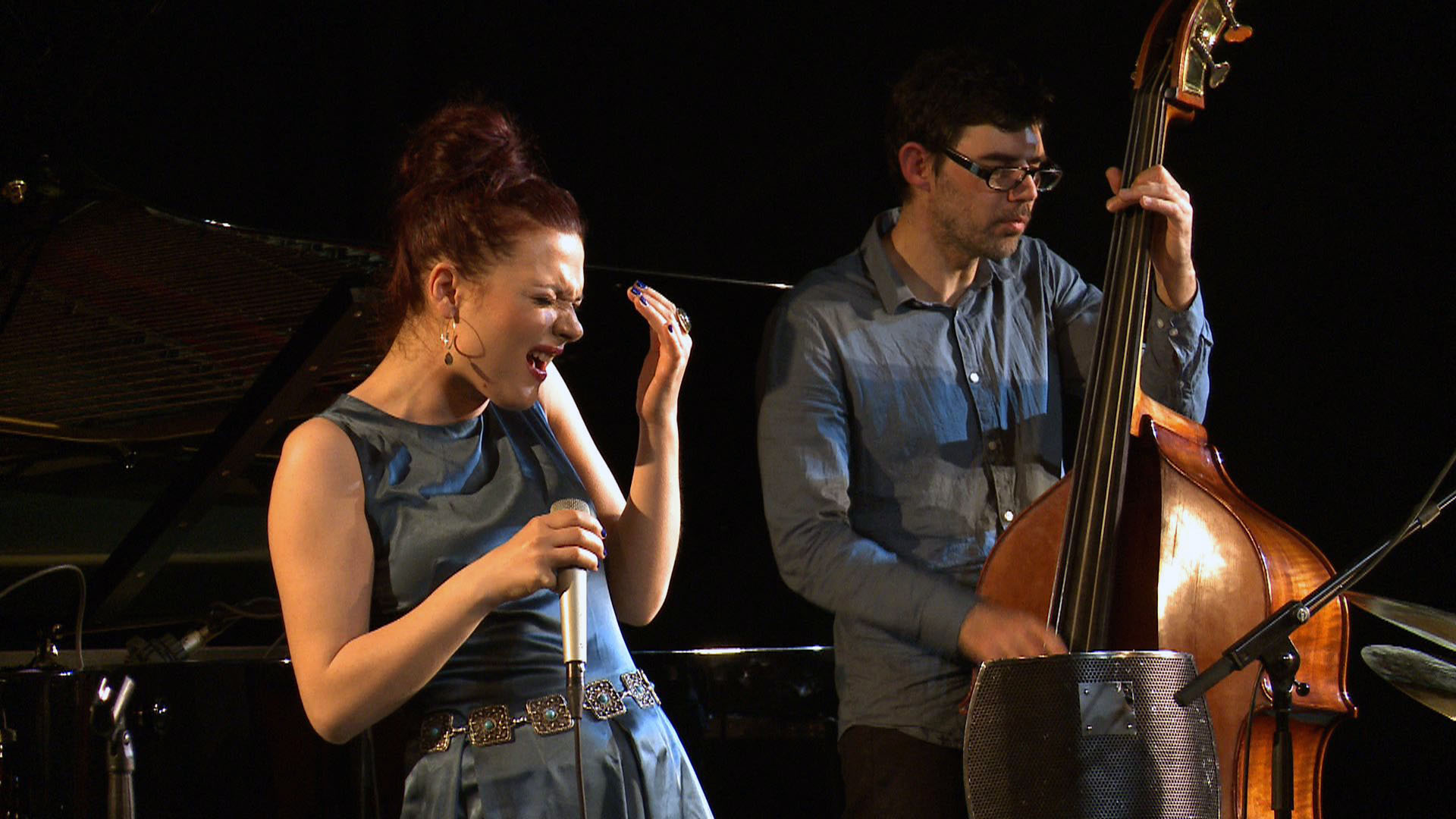
More
Jazz as a cultural bridge
Individual jazz
“The music cannot be understood in any kind of Swiss form. All these artists are very different from each other. Jazz in Switzerland is like our country – fragmented and dispersed,” explains Arnaud Robert, a well-known music critic with Le Temps newspaper. “Switzerland creates individuals, not schools or movements of music. The same can be applied to the visual arts.”
Vallon, who was born into a family of professional musicians, has been working together with the young Bern-trained singer Elina Duni. His trio plays on her ECM album Matanë Malit, released at the end of 2012, which reclaims Balkan folk melodies while weaving between jazz and contemporary music.
Vallon, who enjoys ‘priority artist’ status alongside Bärtsch at the Pro Helvetia foundation which promotes Swiss culture abroad, prefers to explore spaces and intimate sounds rather than virtuoso exhibitionism.
“Vallon and Bärtsch are both Swiss pianists and both record for ECM, but their paths and training are completely different. They come from different schools, although they have something in common: they both master jazz and contemporary music,” said Robert.
Music without borders
Two other jazz musicians who continue to make a name for themselves are singer and accordionist Erika Stucky and pianist Thierry Lang.
Born in San Francisco to Swiss parents, Stucky’s music is hard to put a label on but has had a major impact on traditionally demanding jazz audiences. She usually plays with jazz musicians although her style is indefinable, halfway between yodelling and American music with elements of cabaret thrown in.
Lang, who was born in Romont in 1956, is one of the few local musicians whose personal musical projects are based on traditional Swiss music. The professor at the Montreux conservatory has recorded with the mythical US label Blue Note and in 2008 received the prestigious French Knight of the Order of Arts and Letters award.
“If we go back to the initial question about what is Swiss about the jazz musicians in the country, I think we can say that the only common aspect is their access to an excellent musical education. Switzerland’s cultural mix has also helped produce a generation of artists of international recognition,” said Robert.
“Swiss jazz artists are the ones who have managed to cross the toughest borders: not the international ones but rather the national ones. Musicians from Ticino, Swiss-German regions and French-speaking regions work together without any problems.”
Teddy Stauffer (1909-1991). Band director known as the King of Swing in Germany.
George Gruntz (1932-2013). Jazz pianist, composer and band director.
Franco Ambrosetti (1941). Jazz trumpeter and composer.
Pierre Favre (1937). Jazz drummer and percussionist.
Irène Schweizer (1941). Jazz pianist, specialising in improvisation.
(Translated from Spanish by Simon Bradley)

In compliance with the JTI standards
More: SWI swissinfo.ch certified by the Journalism Trust Initiative
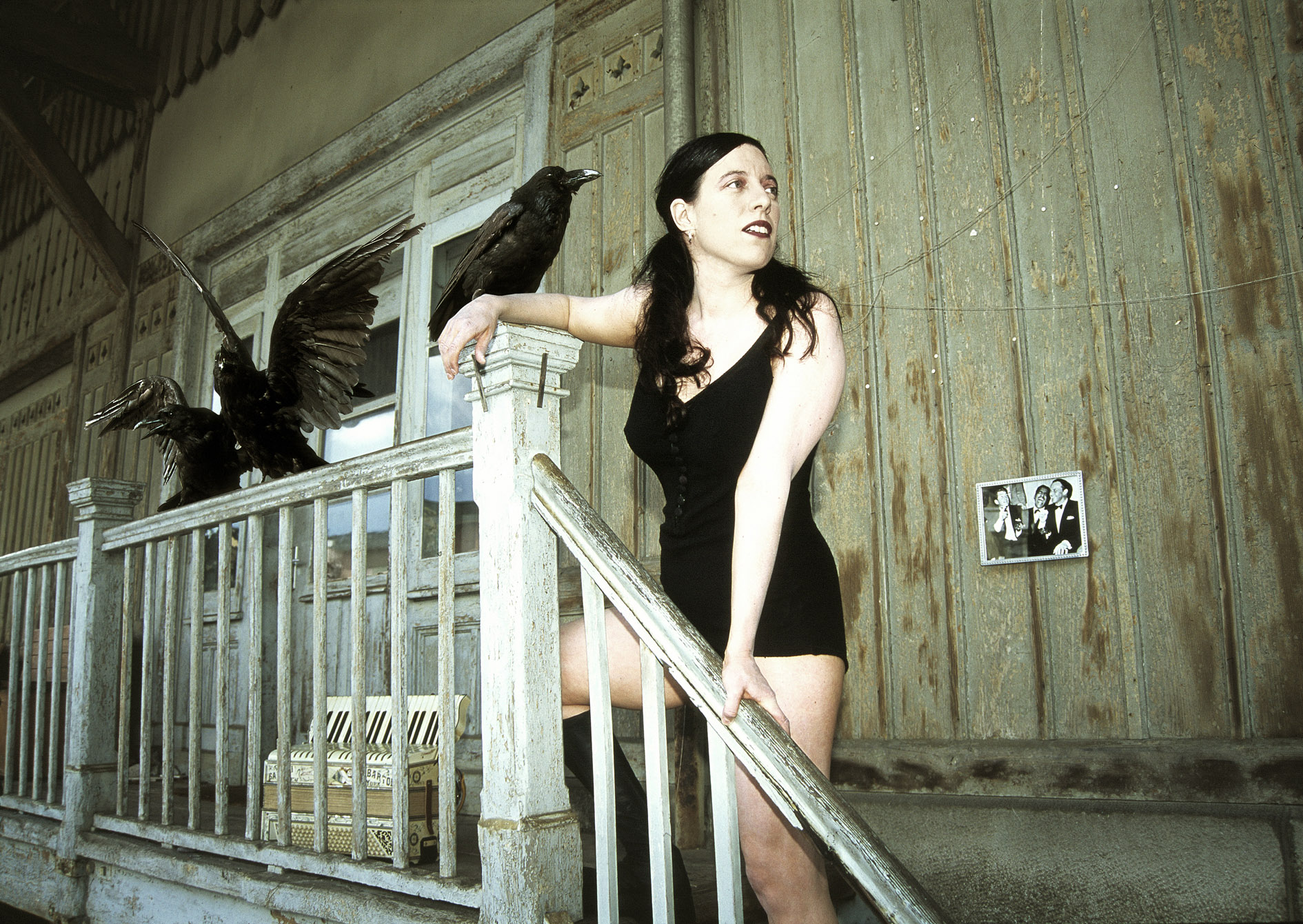
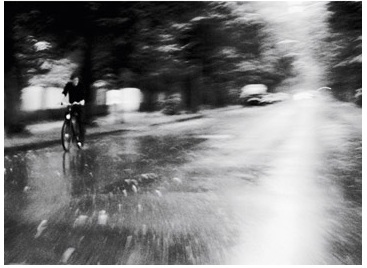
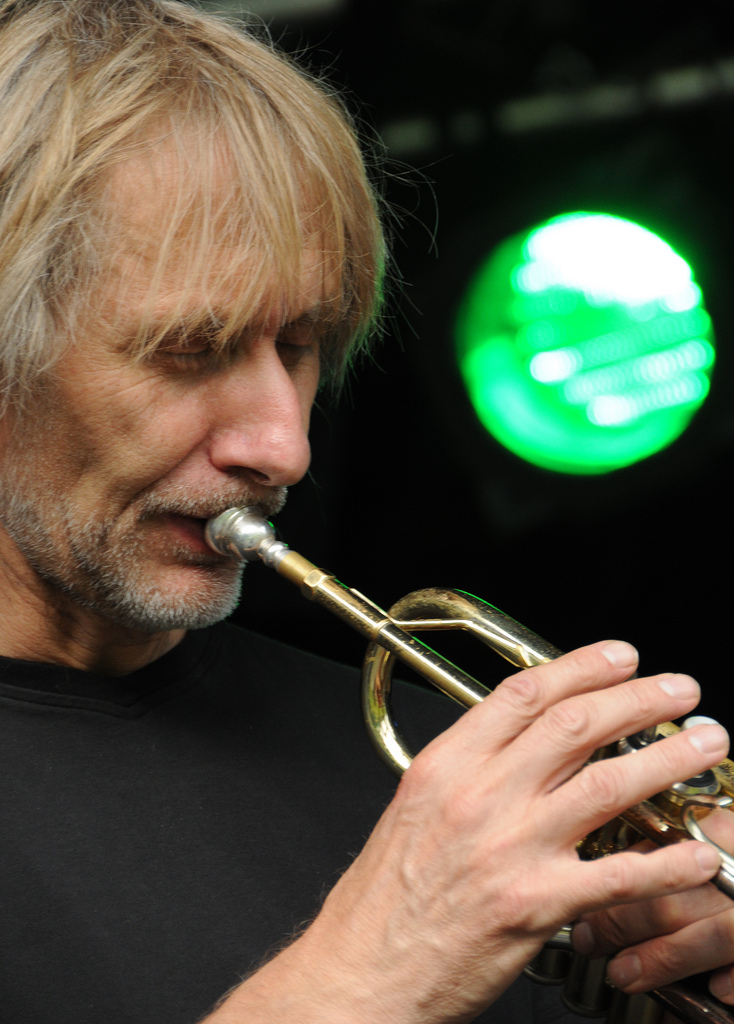
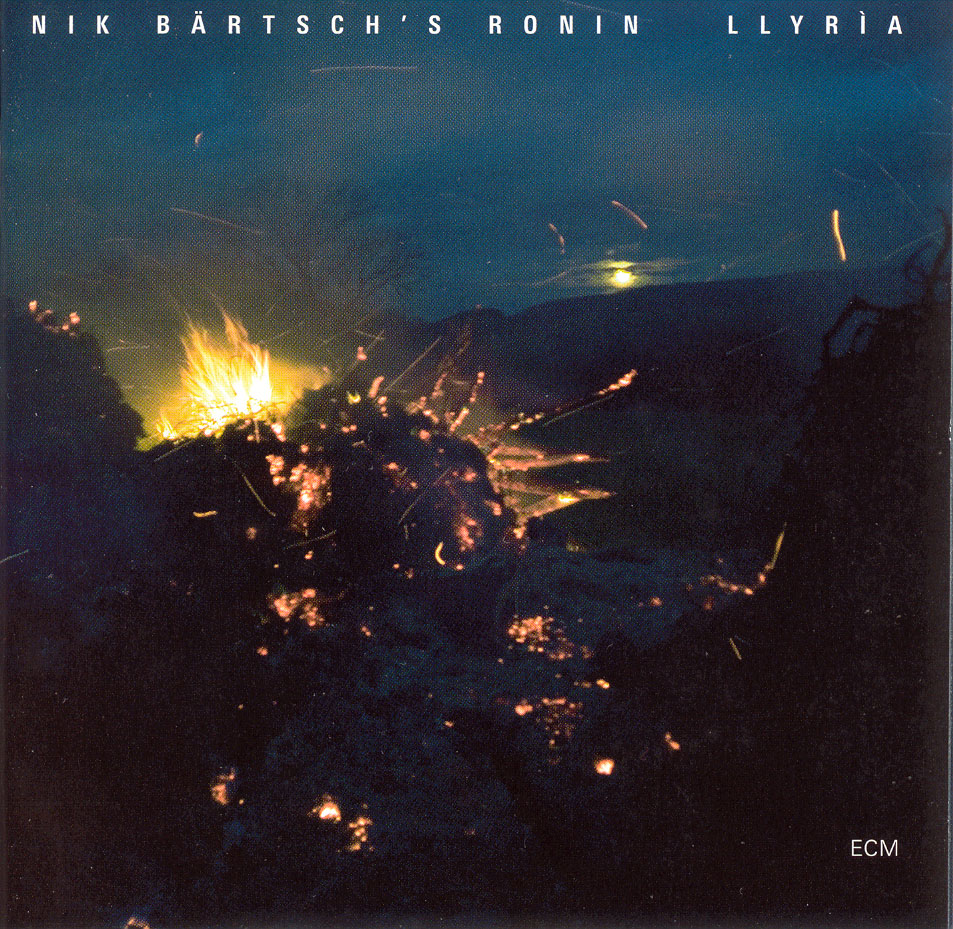
You can find an overview of ongoing debates with our journalists here. Please join us!
If you want to start a conversation about a topic raised in this article or want to report factual errors, email us at english@swissinfo.ch.